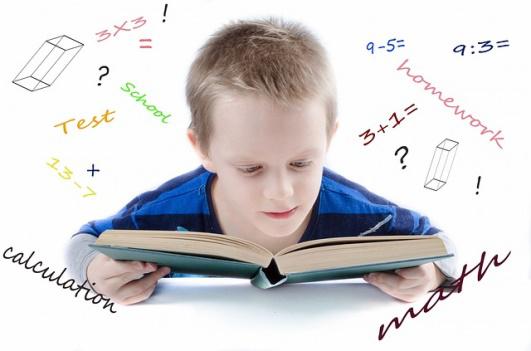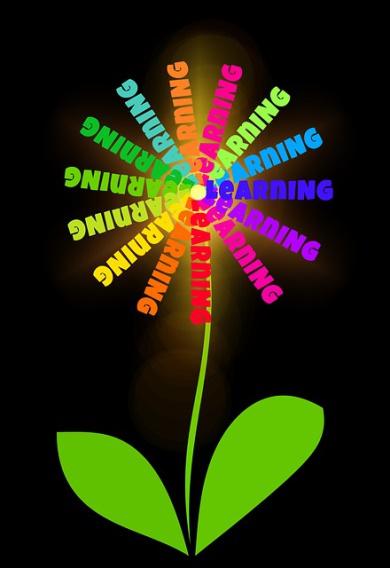“Assessment and instruction are often conceived as curiously separate in both time and purpose.”
Lorrie Shepard (2000)

Assessment is about discovering and responding to what students know, understand, and can do. Classroom assessment is one of the most powerful tools for achieving this. Yet, at times, it is underestimated, even ignored, as protocols are filtered through layers of research and policy into practice. Large-scale standardized assessments developed by college professors, publishers, and corporations are guiding the course of classroom teaching, learning, and assessing. Large-scale assessments are designed for a specific purpose but it is in the classroom that continuous monitoring of learning and instructional responsiveness takes hold. Routine assessments let students know what is worth learning, how they are progressing, and how learning will be demonstrated. Teachers must to be informed and capable practitioners in order to help their students maximize learning on a day to day basis.

Linking assessment and instruction is critical to effective learning.
Here are three steps to keep in mind as you build your well-stocked classroom assessment toolbox.
- Start with standards. Analyze the skills and knowledge that students will be mastering.
- Design instructional strategies that engage students and link them to the standards.
- Monitor progress towards mastery with frequent formative assessments and functional feedback.
Harlen and Deakin-Crick found that obtaining continuous information about students during the learning and engaging students as active participants in the classroom assessment process, “enhances teaching and improves learning”
The Assessment Reform Group states that “The accuracy, or reliability, of teachers’ assessment for external reporting purposes can be increased by increasing the degree of specification of the task and/or the criteria used in judging the process or outcome.”

In planning for Classroom Assessment keep these in mind:
- Establish a culture that fosters student and teacher collaboration
- Involve students actively in the learning and assessment process
- Begin teaching and learning with visible learning intentions and outcomes
- Match the assessment to the purpose
- Inform students of how they will be assessed
- Track individual progress towards goals
- Balance content knowledge with applications of learning and higher level thinking
- Rely on established criteria for writing quality test questions
- Utilize the best practices in designing quality authentic/alternative assessments
- Provide informative and supportive responses to learning outcomes
BEST PRACTICE IN CLASSROOM ASSESSMENT
In this section you will find recommendations for day to day classroom assessment practice. Tests generate numbers but assessments generate information. The more information teachers have about what students know, understand, and can do the better informed teachers and students will be about progress and next steps.
Learner Centered
- Informs students of important learning outcomes
- Identifies strengths and weaknesses
- Monitors growth and progress
- Feedback guides improvement and next steps
Improves Learning Outcomes
- Targets are clear and aligned with instruction
- Learning outcomes are attainable and measurable
- Alignment between standards, instruction, and assessment are evident
Informs Teaching and Learning
- Diagnoses students’ thinking and understanding
- Guides next steps for teachers and students
- Informs and improves instructional practices
- Reliable use of data and valid reporting authenticates learning
Embedded in Learning
- Multiple assessments are included throughout instruction
- Methods and expectations are clearly communicated
- Engages students through questioning and inquiry
